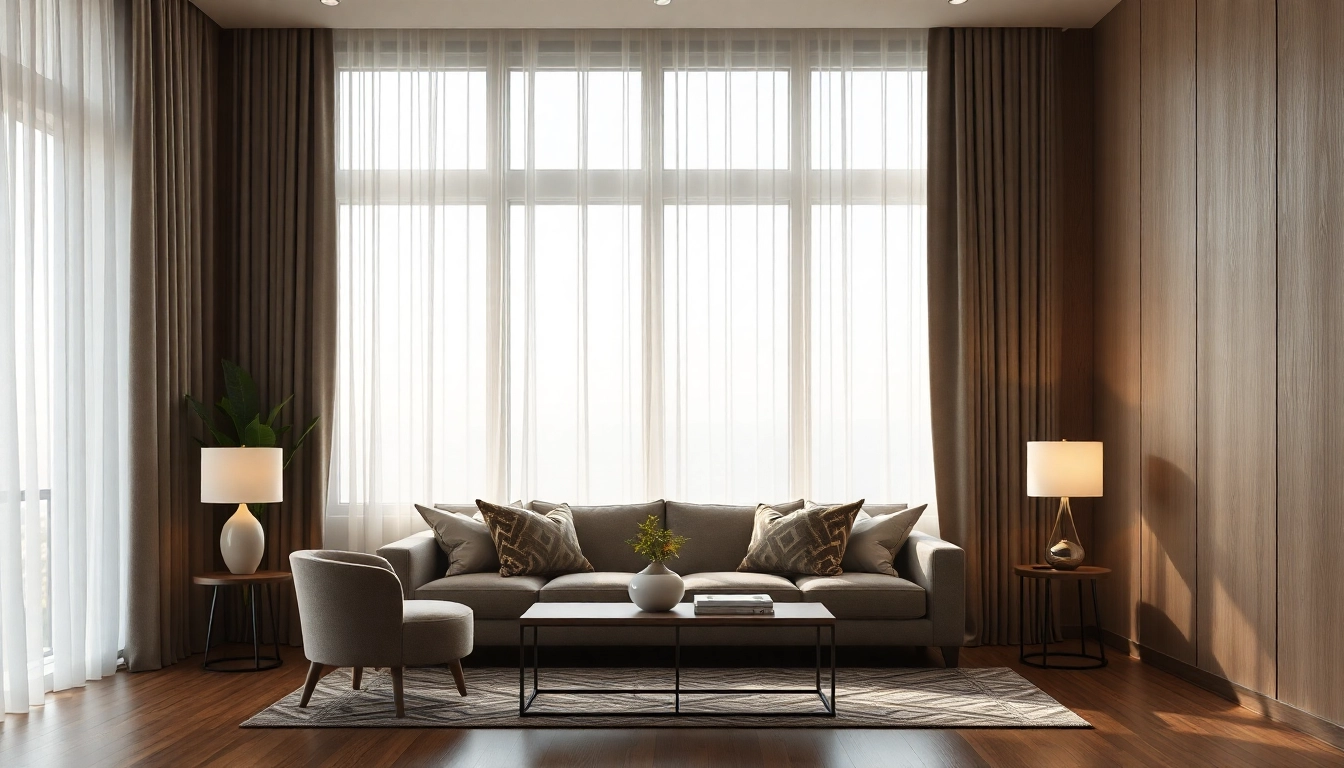Understanding Roof Remodeling Singapore
Roof remodeling is an essential aspect of maintaining the integrity, safety, and aesthetics of homes and commercial buildings. In Singapore, with its unique climate and architectural trends, the need for roof remodeling cannot be overstated. Whether it’s an upgrade for aesthetic purposes, structural integrity, or energy efficiency, understanding the nuances of roof remodeling in Singapore is vital. For anyone considering a roof remodeling project, exploring the options and understanding the local market, including the various factors involved, is crucial to achieving the best results. Engaging in Roof Remodeling Singapore can significantly enhance property values and increase overall environmental sustainability.
What is Roof Remodeling?
Roof remodeling encompasses a range of activities aimed at improving, repairing, or completely overhauling the roof of a structure. This can involve replacing rotten or worn-out materials, updating an old design to suit new aesthetic trends, or enhancing the roof’s structural integrity to withstand environmental stresses. Unlike minor repairs, which address existing problems, remodeling projects often include significant changes—like a complete redesign or alteration to accommodate modern standards.
Importance of Roof Remodeling in Singapore
The subtropical climate of Singapore, characterized by high humidity, frequent rainfall, and extreme heat, places additional demands on roofing systems. Maintaining the roof is vital not only for protecting the structure but also for energy efficiency and sustainability. Regular remodeling ensures that roofs are equipped to handle Singapore’s weather conditions, thereby preventing major issues like leaks, mold growth, and deterioration of supporting structures. Additionally, with increasing property values, a well-maintained roof can significantly enhance curb appeal and contribute positively to a property’s market value.
Common Roof Types and Their Remodeling Needs
In Singapore, various roofing materials and styles are prevalent, each with unique remodeling considerations. Here are some common roof types:
- Flat Roofs: Often found in commercial buildings, flat roofs require regular inspection and maintenance due to pooling water and potential leaks. Remodeling may include applying a new waterproof membrane or installing a green roof system.
- Pitched Roofs: Common in residential areas, pitched roofs can benefit from added insulation and aesthetic updates, such as new tiles. Regular remodeling maintains their slope and drainage.
- Green Roofs: Increasing in popularity for their environmental benefits, green roofs need specific remodeling to ensure proper plant health and drainage systems are intact.
Choosing the Right Materials for Roof Remodeling
Popular Roofing Materials in Singapore
The selection of roofing materials in Singapore is vast, influenced by factors such as climate, aesthetics, cost, and environmental impact. Some popular materials include:
- Asphalt Shingles: Widely used due to their affordability and ease of installation, asphalt shingles provide good protection but may not last as long as other materials.
- Metal Roofing: Known for excellent durability and low maintenance, metal roofs can withstand extreme weather conditions but might require an initial larger investment.
- Concrete Tiles: These offer a robust option that mimics traditional clay tiles but is significantly heavier. They provide good thermal insulation and durability.
- Clay Tiles: While aesthetically pleasing, clay tiles can be expensive and may require additional support due to their weight.
Durability vs. Aesthetics: Finding the Balance
In Singapore, the choice of roofing materials often challenges homeowners and commercial property developers between durability and aesthetics. A roof that blends well with the architectural style of a property can enhance its attractiveness, whereas choosing a durable material may offer long-term savings on repairs and replacements. Therefore, it is essential to assess the local environmental conditions and the specific needs of the property when making this choice. Factors like the lifespan of materials, maintenance requirements, and installation costs should all be carefully weighed.
Eco-Friendly Options for Sustainable Remodeling
With a growing emphasis on sustainability, homeowners in Singapore are increasingly turning to eco-friendly roofing options. These materials not only reduce the carbon footprint but often come with added benefits such as energy savings. Some options include:
- Cool Roofs: Designed to reflect more sunlight and absorb less heat, cool roofs help to lower building energy costs.
- Recycled Materials: Roofs made from recycled content, such as rubber or plastic, reduce waste and offer durability.
- Green Roofs: Installing plants on rooftops can provide insulation and improve air quality while creating a micro-ecosystem.
Planning Your Roof Remodeling Project
Assessing Your Roof’s Condition
The first step in any roof remodeling project is conducting a thorough assessment of the existing roof. This includes inspecting for leaks, structural damage, and the condition of roofing materials. Engaging a professional inspector can provide a more detailed analysis and highlight areas of concern that require immediate attention. Identifying these issues early can save property owners substantial costs and prevent potential hazards in the future.
Setting a Budget and Timeline
Setting a realistic budget and timeline is crucial for successfully executing a roof remodeling project. Factors to consider when establishing a budget include the materials to be used, labor costs, and any permits required. Additionally, setting a detailed timeline helps ensure that the project stays on track, accounting for potential weather delays or unforeseen complications.
Hiring Qualified Professionals for the Job
Hiring experienced and reputable professionals is key to a successful roof remodeling project. It is advisable to research and obtain multiple quotes from contractors, checking their previous work, customer reviews, and verifying any licenses and insurance. Good contractors will not only bring the right skill set but also provide valuable insights into material selection and design considerations, ensuring compliance with local building codes.
Best Practices for Roof Remodeling
Permits and Regulations in Singapore
Before commencing any remodeling work, it’s vital to familiarize yourself with the local building regulations and obtain the necessary permits. The Building and Construction Authority (BCA) in Singapore provides guidelines on roofing projects, including structural requirements and aesthetics that align with neighborhood standards. Failing to comply with these regulations can result in fines or forced restorations.
Safety Measures During the Remodeling Process
Safety should be a top priority during any construction work, especially on rooftops. Ensuring that the worksite is safe includes using appropriate safety gear, securing ladders, and ensuring the structural integrity of the roof during the remodeling process. Engaging trained professionals who adhere to strict safety standards further enhances overall safety during the project.
Maximizing Energy Efficiency Post-Remodel
Once the remodeling is complete, focus on maximizing energy efficiency. This might include adding insulation, sealing gaps, and considering the installation of energy-efficient windows that can complement the roofing upgrades. Energy-efficient roofs not only lower energy bills but also contribute to a more sustainable living environment, aligning with Singapore’s long-term environmental goals.
Post-Remodeling Considerations
Regular Maintenance for Longevity
After completing a roof remodeling project, ongoing maintenance is paramount to ensure longevity. Regular inspections and cleaning can help identify early signs of wear or damage. Property owners should implement a maintenance schedule that includes clearing debris, checking for leaks, and assessing the condition regularly, ensuring that the investment in remodeling continues to provide returns.
How to Troubleshoot Common Issues
After remodeling, homeowners may encounter common issues such as leaks, drainage problems, or ventilation issues. Being prepared to troubleshoot these problems can save time and resources. For instance, if leaks arise, identifying the cause (like improperly installed flashing) is crucial. In cases where self-resolution is difficult, contacting a professional is recommended to address the problems effectively.
Enhancing Curb Appeal After Remodeling
An aesthetically pleasing roof can significantly enhance the curb appeal of a property. Post-remodel, consider exterior enhancements such as fresh paint for adjoining structures, landscaping improvements, or adding architectural elements like dormers. Consider a holistic approach that aligns with overall property aesthetics, which not only increases visual appeal but also property value.



